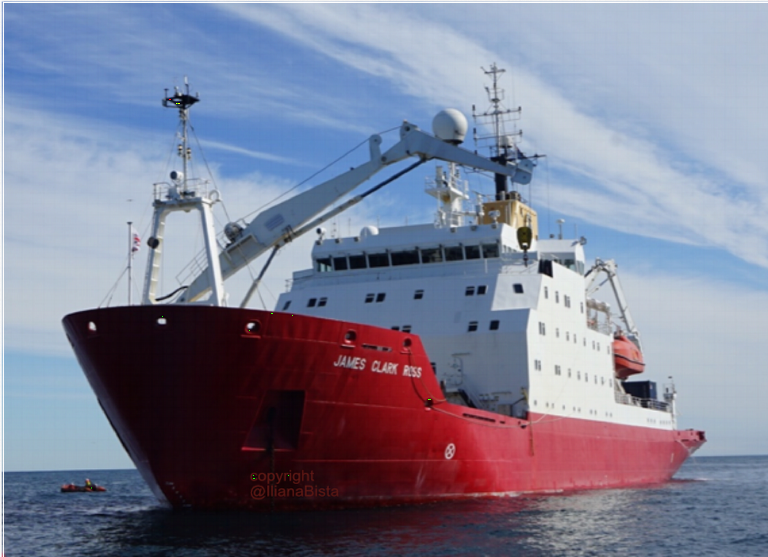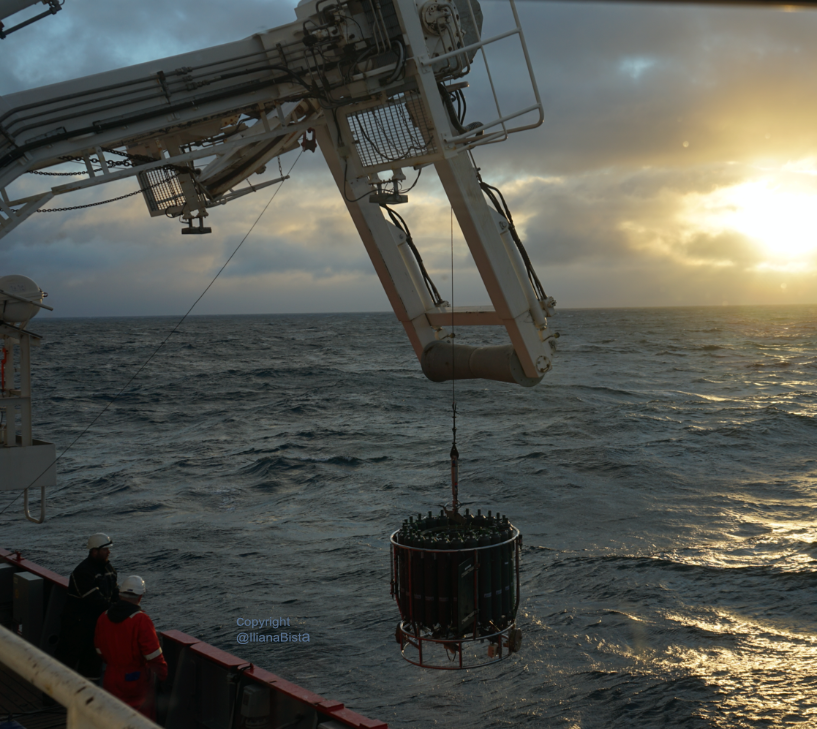
Deep sea biodiversity is largely unknown due to limitations posed by difficulties in sampling at large depths. New molecular approaches have been recently developed to enhance our ability to study and monitor aquatic ecosystems.
Environmental DNA (eDNA) is extracted directly from water samples without the isolation of the organisms themselves, providing better resolution and non-invasive sampling. Using high-throughput sequencing of eDNA samples we can get better insights and monitor precious aquatic biodiversity. Through an expedition to Antarctic islands we were able to collect water samples from the deep ocean, which we will use to investigate the unknown biodiversity of eukaryotes that populates the abyssal plains of the Southern Ocean. Get in touch if you are interested in this project or similar projects involving wet lab and/or bioinformatics skills.
Objectivesand goals
Samples have been collected from areas outside the Antarctic coast from deep sea waters. Using High-Throughput sequencing (HTS) of these samples we will explore detection of fish and other eukaryote populations.

Methods, tasksand approach
You will perform extractions of eDNA, and PCR amplifications for metabarcoding. You will co-analyze Illumina sequencing data to investigate questions such as 1) what is the overall biodiversity detected in the samples (as species richness), 2) what is the stratigraphic distribution of the species identified in the samples and how does these distribution patterns match know depth preferences of the organisms compared to the literature?
Studentrequirements
Bioinformatics skills and a background in Biology, Molecular Ecology, Ecology, or Computational Biology.